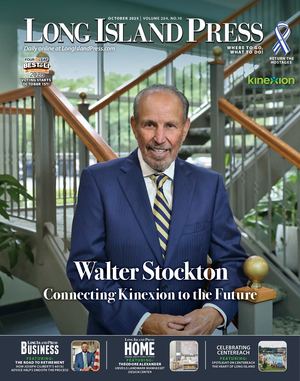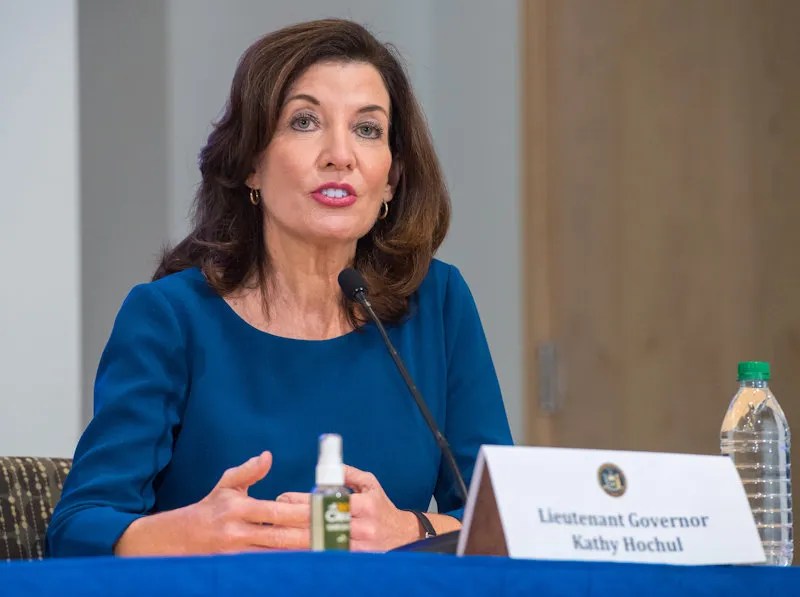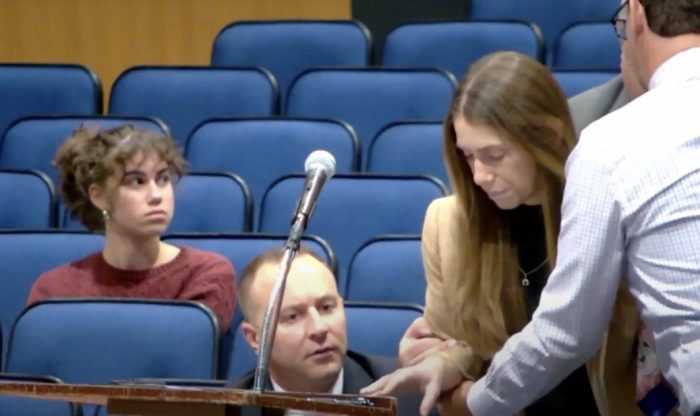A new report from the Rockefeller Institute of Government said that the state’s Foundation Aid formula has become outdated and out-of-step with school district needs and responsibilities.
As a result of the Campaign for Fiscal Equity v The State of New York lawsuit and the subsequent Education and Budget Reform Act of 2007, the state made a promise to increase funding for its schools.
That funding is called Foundation Aid. How much each district got was determined by a complicated formula.
One element of that formula called the inflationary index had been based on the one-year change to Consumer Price Index.
This year the Foundation Aid inflationary index was supposed to be 4.1 percent. Last year accounted for $24.9 billion of a $35.9 billion state aid package and helped New York achieve the highest per-pupil spending of all 50 states at $24,040.
The report called for revising weightings for English Language Learners, outdated poverty data, the accuracy and specificity of regional costs, and pointed out that school districts are being asked to do things now that weren’t expected of them and weren’t even part of the funding equation nearly two decades ago.
In 2023-24, Governor Kathy Hochul and the New York State Legislature enacted a budget that fully funded the formula for the first time since its inception.
With the policy fully funded, the enacted 2024-25 state budget called for the Rockefeller Institute to conduct a study to assess the formula and share recommendations for modernizing and improving it.
A little more than seven months after that mandate was issued, the Rockefeller Institute of Government produced a 314-page report comprehensively examining the Foundation Aid formula and its components and presenting to policymakers a menu of options to update it.
The Rockefeller Institute of Government is the public policy research arm of the State University of New York. The Institute conducts research and analysis on a variety of issues related to public policy.
The Institute’s recommendations seek to: modernize poverty measures so they more accurately reflect current conditions and actual levels of economic distress in communities, as well as update and refine measures that reflect relative cost of living differences across the state.
In addition they called to account for the greater literacy instruction needs that districts face for many new English Language Learners and change the formula to remove elements better treated separately as categorical aides.
The report was informed by testimony from stakeholders across the education community.
In July and August, the Institute held five public hearings across New York State to hear from students, parents and guardians, school district leaders, education finance experts, and members of New York’s education advocacy organizations.
Following the release of the report, Assemblyman Ed Ra (R-Franklin Square) released a statement emphasizing the urgent need for a funding formula that better addresses the needs of modern schools, particularly in high-cost areas like Long Island.
“The challenges facing our schools today are far different from when I was in school—advances in technology, evolving job markets and new opportunities all demand a new approach to funding,” Ra, the ranking member of the Assembly Ways and Means Committee, said.
“To view this as merely a matter of ‘balancing budgets’ misses the point entirely. Ensuring our children have the tools and knowledge they need to succeed in today’s world is our most important responsibility. The outdated funding formula is shortchanging our local schools, depriving them of the resources necessary for critical programs that are essential to our students’ futures.” he added.
Melinda Person, the president of New York State United Teachers, a labor union in New York representing nearly 700,000 people who work in or are retired from New York’s schools, colleges, and healthcare facilities, released a statement after the release of the report.
“Updating the outdated funding formula is a critical step forward, and we support some of the report’s recommendations,” Person’s statement said.
“However, we remain concerned about recommendations that arbitrarily lower the Foundation Aid amount instead of considering the necessary support for our schools’ evolving student populations. Any changes to the formula must prioritize stability and predictability for school districts,” it said.
The report’s recommendations are not binding. However, according to the Institute, the aim is to give policymakers reasonable and effective tools for improving the overall education funding system in New York State while granting school administrators the reliability and predictability they need to lead their schools.
Person concluded her statement by saying she hoped that state lawmakers would prioritize the voices of the people most impacted by school budgetary policy.
“As policymakers consider these findings in the upcoming state budget, we urge them to prioritize the voices of students, parents, and educators. Their lived experiences must guide the decisions that will shape the future of our public schools.” Person said.


































